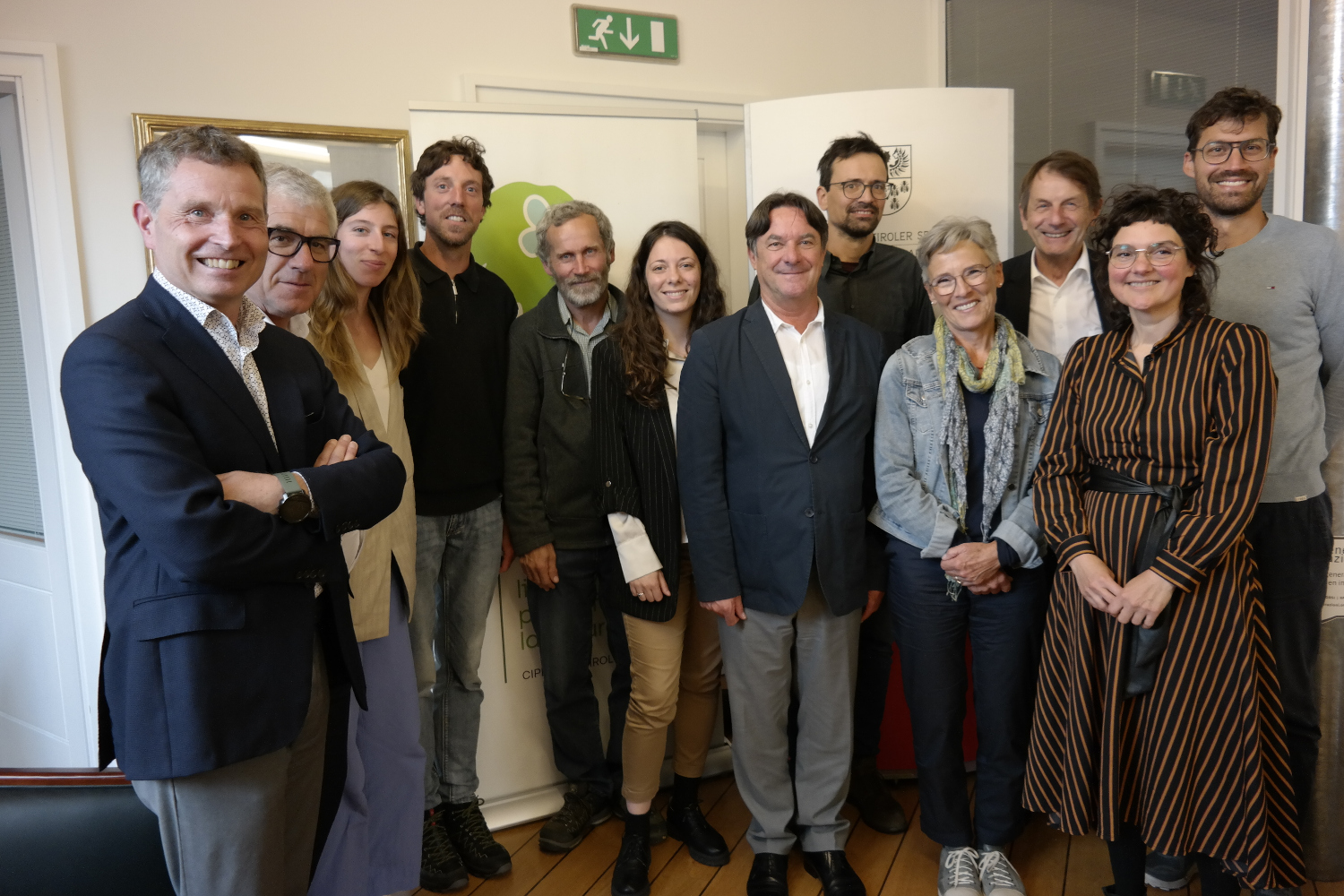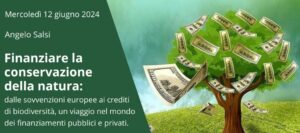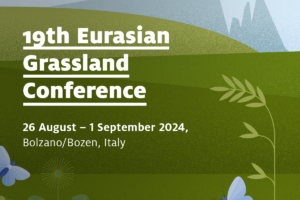The project ‘Blumenwiesen – Prati fioriti’ was officially launched at a meeting in Bolzano/Bozen. The aim is to protect and increase biodiversity. Over the next three years, 9,000 square meters of meadows of high ecological value are to be created in 30 South Tyrolean municipalities. At least!
Andreas Überbacher, Director of the Sparkasse Foundation and host of the kick-off meeting, addressed the problem right at the beginning: “We have made the earth too subservient to us.” The Sparkasse Foundation is one of the supporters of the project, alongside the Umbrella Association for Nature and Environmental Protection, which is responsible for project management, the Laimburg Experimental Center, the South Tyrol Variety Garden Association and Eurac Research, which is responsible for scientific support. The project is part of a larger, national network of projects carried out by the Filiera Futura association for the protection and promotion of biodiversity. Its representative Margherita Testa presented the “+ API” project, a meadow project that is being implemented throughout Italy.
Elisabeth Ladinser, deputy chairwoman of the umbrella organization for nature and environmental protection, said the project partners want to promote biodiversity by creating high-quality habitats with the active involvement of local administrations. “We want to contribute to a cultural change with the flower meadows project,” said project manager Viola Ducati. In addition to the municipal farms, school classes will also be involved, who will then pass on the knowledge to families.
Andreas Schatzer, President of the South Tyrolean Association of Municipalities and Mayor of Vahrn, said that South Tyrol’s municipalities are greener than people think: “My gardener is delighted and has already involved the primary school classes in the project.”Vahrn is one of the project communities.Andreas Hilpold, researcher at the Eurac Institute for Alpine Environment, described the flower meadow from a scientific perspective.The flower meadow is an agricultural area that needs to be mowed regularly. However, meadows are heavily fertilized and mowed too early and too often in intensive use, so that usually only dandelion and meadow chervil remain, but no flower meadow.”Humans are a key factor in the decline of species due to intensive farming and climate change,” says Hilpold.
Kurt Kußtatscher from the Sortengarten Südtirol association reported on the extraction of site-specific meadow seed.
The search for a needle in a haystack, as there are hardly any natural flower meadows left.Some of the seed is harvested directly from flower meadows, while some flowers are grown and harvested specifically for this purpose.
Kathrin Plunger from the horticulture department of the Laimburg Experimental Center reported on the cooperation with the municipal gardeners and the building yards.The employees are trained in how to create and maintain a long-lasting flower meadow. “Above all, however, it’s also about knowing what such a meadow looks like,” says Plunger.There is still a lot of educational work to be done.
After the intensive project kick-off, discussions continued in a more relaxed atmosphere.
Andreas Überbacher hoped that 60 municipalities would take part next year, “I hope and believe that”.
Umbrella organization managing director Hanspeter Staffler, who led the morning, said that everyone involved in the project was enthusiastic and “that’s why our project will fall on fertile ground!”




